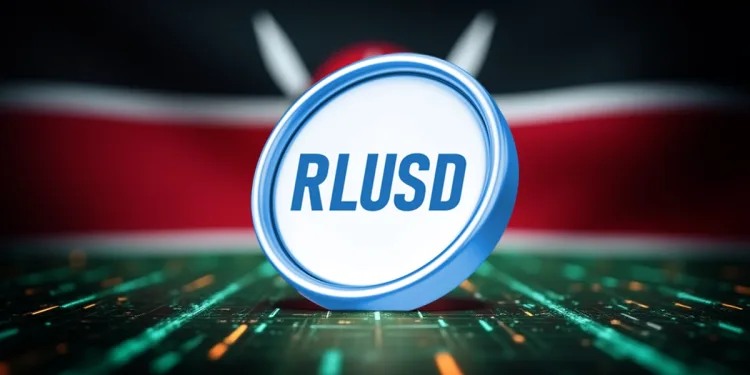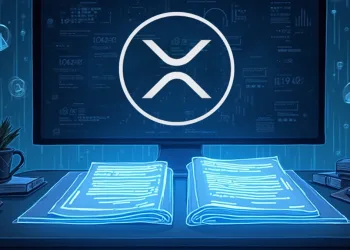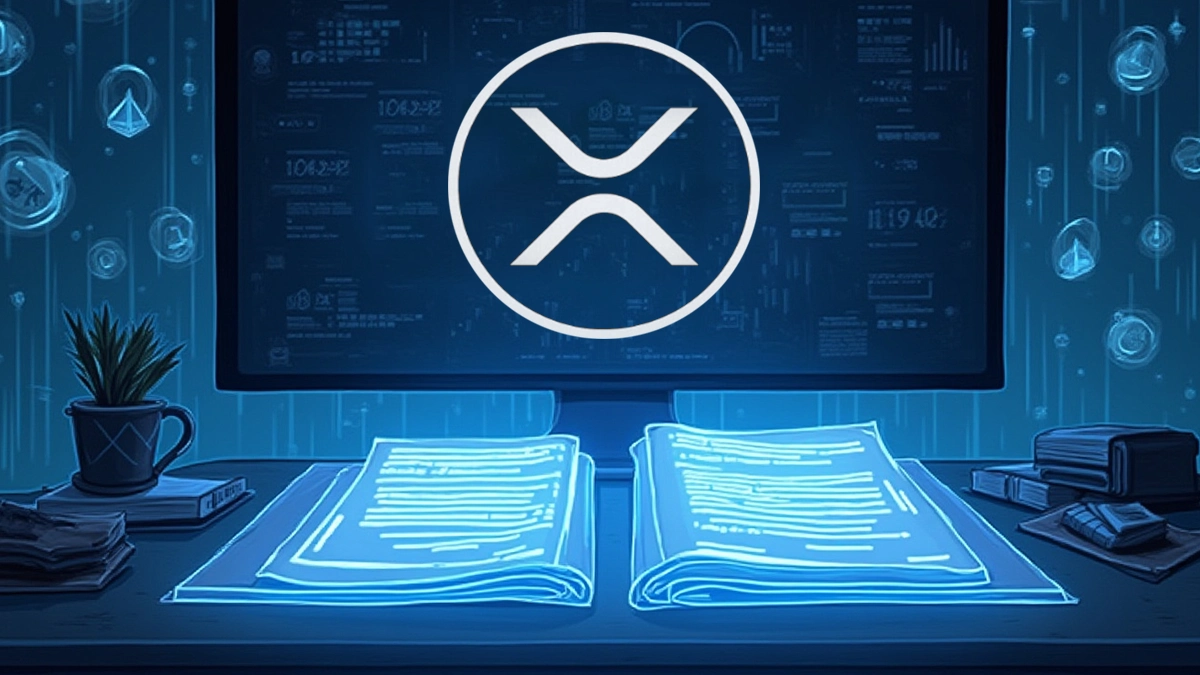- 517 Kenyan pastoralists, 70% women, received blockchain-based drought insurance without payout as conditions remained favorable.
- Satellite-tracked NDVI data showed no drought during the pilot, automatically preventing payouts through smart contracts.
- Unused RLUSD funds roll over, providing automatic coverage for the next high-risk drought season later this year.
A drought insurance program funded by blockchain completed its pilot phase in Kenya, insuring 517 pastoralists during a vital dry season without any hitch. In the DIVA Donate-launched project, a novel approach was tested with an integration of programmatic escrow, satellite imagery, and smart contracts to provide fair and automated drought insurance. Remarkably, almost 70% of those insured were women, showing serious efforts to tackle vulnerable communities in semiarid regions in detail.
At the pilot stage, there are positive satellite-derived vegetation index reports, indicating that the drought thresholds were not reached. Consequently, there was no insurance payout. Nevertheless, any unused Ripple USD ($RLUSD) dollars will remain open and will roll-over automatically to the following high-risk season giving these pastoralists on-going protection later this year.
Satellite Monitoring Defines Insurance Triggers and Response
The drought insurance pilot used the Normalized Difference Vegetation Index (NDVI) as its core risk indicator. NDVI is a satellite-derived metric that measures vegetation health, offering a reliable and objective measure of drought stress in arid zones. DIVA Donate had already defined the most important NDVI thresholds, payment mechanism and campaign expiration dates, all recorded on the blockchain to ensure transparency.
During pilot season, plant cover was tracked in real-time by satellites, enabling the immediate detection of whether drought would be experienced. But when the campaign closed on May 31, 2025, NDVI readings were still showing that vegetation was adequate, and no drought had developed. Thus, smart contracts programmed in the blockchain system automatically did not make payments, as the conditions under which payments would have to be made were not met. This transparent process enabled everyone to independently decide the outcome.
Smart Contracts Secure Donor Contributions and Automate Payouts
The funding mechanism for this insurance pilot relied on programmatic escrow powered by smart contracts. Donors deposited RLUSD into the escrow accounts, committing these funds to a predefined set of payout conditions. Once deposited, the smart contracts made the terms immutable, ensuring that the funds could only be released if the satellite data showed drought conditions.
When the campaign reached its conclusion, an oracle—a trusted external data source—reported the final NDVI value to the blockchain. Since no drought was detected, the funds stayed in the escrow. The unused RLUSD remains allocated for the same beneficiaries and will be used to cover the upcoming drought season. This automatic rollover feature reduces delays and ensures that funds are efficiently utilized for future risk periods.
Preparing for the Next Season With Continued Coverage
Moving ahead, the pilot’s remaining RLUSD will continue to cover the same cohort of pastoralists through the next high-risk period. This approach minimizes administrative timelines and enables a quicker response should drought conditions worsen. By keeping funds active on the blockchain escrow, the program ensures that pastoralists remain covered without needing to restart the funding process.
The pilot demonstrates how marrying smart contracts with satellite data can create a more efficient and transparent drought insurance system. The second phase will use the same monitoring method, ensuring that payouts, if triggered, will come to the recipients in good time and in line with the predetermined rules. This continuous protection aims at offering safe cover to pastoralists against future climate peril.














